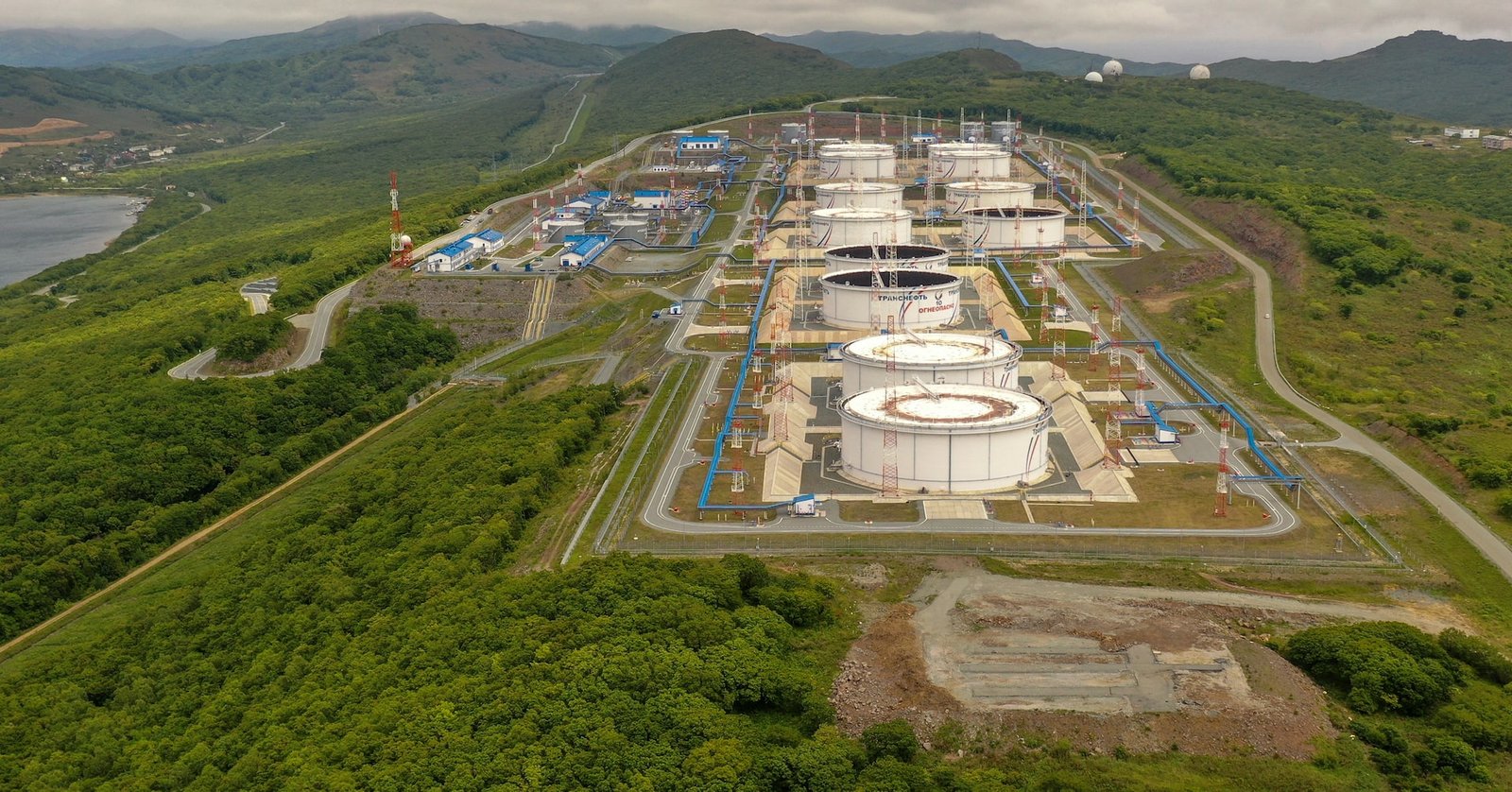
An aerial view shows oil tanks of Transneft oil pipeline operator at the crude oil terminal Kozmino on the shore of Nakhodka Bay near the port city of Nakhodka, Russia June 13, 2022. REUTERS/Tatiana Meel/File Photo Purchase Licensing Rights, opens new tab
- Norway’s Johan Sverdrup oilfield partially resumes output
- Biden allows Ukraine to use U.S. weapons to strike into Russia
- Iran offers to cap sensitive Uranium stock – confidential U.N. watchdog reports
- U.S. crude, gasoline stocks likely rose last week – Reuters poll
NEW YORK/LONDON, Nov 19 (Reuters) – Oil prices traded steady on Tuesday as Norway’s Johan Sverdrup oilfield restarted production and there were reports of Iran offering to cap its uranium stockpile, factors that offset investor concerns about escalation of the Russia-Ukraine war.
Brent crude futures fell 0.1%, or 7 cents, to $73.23 per barrel by 1:30 p.m. EST (1830 GMT). U.S. West Texas Intermediate crude futures gained 0.1%, or 5 cents, to $69.21 per barrel.
Equinor
resumed partial production from the Johan Sverdrup field in the North Sea, Western Europe’s largest oilfield, the day after a power outage there factored in lifting oil prices by over 3%.
“I guess the partial restart of the Sverdrup field is the driver of the setback, as well as a slightly stronger U.S. dollar,” said Giovanni Staunovo, analyst at UBS.
The dollar edged up to within striking distance of its one-year high. A strong dollar makes oil more expensive for other currency holders.
Oil prices also came under pressure after confidential reports by the U.N. nuclear watchdog, seen by Reuters, said Iran has offered to stop expanding its stock of uranium enriched to 60% purity, near the roughly 90% of weapons grade.
U.S. crude oil and gasoline stockpiles likely rose last week, even as refineries ran at higher rates, according to an extended Reuters poll of nine analysts. Higher stockpiles are typically an indicator of low demand.
Oil prices drew some support from an ongoing outage at Kazakhstan’s biggest oilfield, Tengiz, which has reduced output by 28% to 30% for repairs which the country’s energy ministry has said will be completed by Saturday.
Rising tensions between Moscow and Washington over Ukraine also supported the oil market.
For the first time, Ukraine used U.S. ATACMS missiles to strike Russian territory on Tuesday, Moscow said. Russian foreign minister Sergei Lavrov described the attack as a Western escalation. Russian President Vladimir Putin lowered the threshold for a possible nuclear strike.
Investors are wary, said Toshitaka Tazawa, an analyst at Fujitomi Securities, “assessing the direction of the Russia-Ukraine war after the weekend’s escalation”.
Sign up here.
Additional reporting by Ahmad Ghaddar in London, Yuka Obayashi in Tokyo and Emily Chow in Singapore; editing by Jason Neely, Louise Heavens, Susan Fenton and David Gregorio
Our Standards: The Thomson Reuters Trust Principles., opens new tab
Shariq is an Energy reporter focused on U.S. fuel markets. He previously covered corporate oil and gas news with a focus on breaking M&A news.
